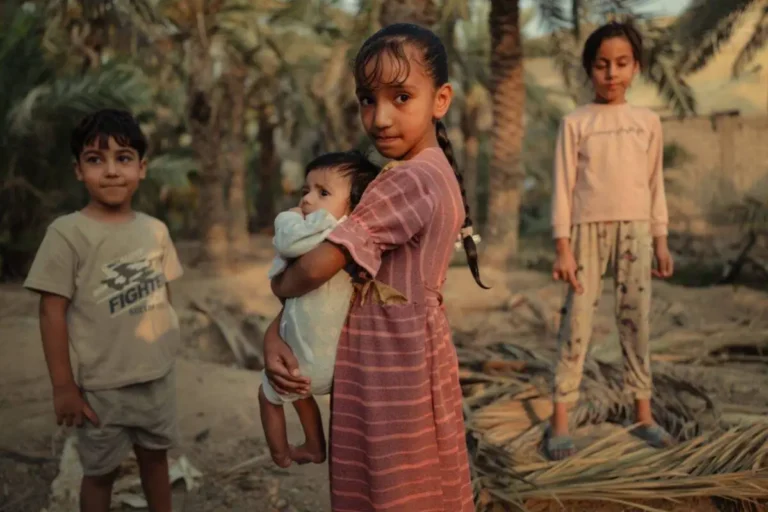More than 27 million children were driven into hunger and malnutrition by extreme weather events in countries heavily impacted by the climate crisis in 2022, which was a 135 per cent jump from the previous year, according to a new data analysis by Save the Children ahead of COP28.
Save the Children found that children made up nearly half of the 57 million people pushed into crisis levels of acute food insecurity or worse across 12 countries because of extreme weather events in 2022. This was based on data from the Integrated Food Security Classification or IPC scale, a monitoring system for assessing hunger emergencies in 58 countries.
The IPC has estimated that the number of people facing hunger in countries where extreme weather events were the main driver of food crises has nearly doubled in five years – soaring to 57 million in 2022 from about 29 million people in 2018.
The majority of countries where weather extremes were the main driver of hunger last year were concentrated in the Horn of Africa, with Ethiopia and Somalia accounting for about half of the 27 million children.
Among the 12 countries where weather extremes were the primary driver of hunger in 2022, according to the IPC, were Iraq, Pakistan and Somalia.
Somalia has repeatedly been at the frontlines of the climate crisis, suffering five failed consecutive rainy seasons. Now, the country stands once again at the precipice, with extreme weather events such as mass flooding set to exacerbate hunger this year.
Heavy rains and floods in recent weeks have displaced about 650,000 people – about half are children – cutting families off from accessing food and medical care. The current flooding could be just as devastating for the country as the years of drought that left millions of children hungry and malnourished.
Thirty-eight-year-old Sadia and her eight children have been displaced twice as a result of climate change in Somalia. “We left due to droughts, and now we face displacement again because of floods. [Before the drought] life was good. We were farmers and took care of animals. We had enough food from our crops and milk from our animals to live comfortably. But the droughts came and destroyed everything we had,” she said.
She has since started selling fruit at a market stall, “but recently, heavy rains and floods have made everything worse. The markets are flooded, and my stall is underwater. I can’t earn any money, and it’s tough to feed my children.”
Pakistan was one of the countries where extreme weather events were the primary driver of hunger last year after devastating flooding submerged one third of the country, affecting 33 million people, half of whom were children. One year on, more than two million flood-affected children are acutely malnourished, with almost 600,000 children suffering from the deadliest form of malnutrition.
Dr Muhammad Hanif, who works at a healthcare unit in Sindh Province – a region severely affected by the floods – explained that he had never seen anything like it in his lifetime.
“By the end of last year, I treated about 1,000 children for hunger-related illnesses, and about 30,000 other patients for various diseases that were inflamed by climate change,” he explained.
Globally, an estimated 774 million children – or one third of the world’s child population – are living with the dual impacts of poverty and high climate risk, according to Save the Children’s report Born into the Climate Crisis.
“In a world where wildfires, floods, droughts and hurricanes are becoming the frightening new normal, children today not only face a climate emergency but a landscape of heightened inequalities, where hunger is an unwelcome guest at an already crowded table,” Save the Children’s Chief Executive Officer, Inger Ashing, said.
“As climate-related weather events become more frequent and severe, we will see more drastic consequences on children’s lives. In 2022, 135% more children were pushed into hunger due to extreme weather events than the year before.”
“At COP28, World Leaders must listen to the demands of children and invite them to be part of proposing solutions. Without tackling the climate crisis, the global hunger crisis will only deteriorate further, pushing millions more to the brink,” she added.
Source : MEMO


